Search Images
Browse Content (p. 1351)
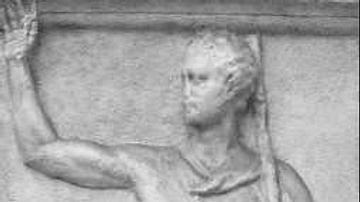
Image
Stele of Polybius
Cast of a stele depicting the 2nd century BCE Greek historian Polybius.
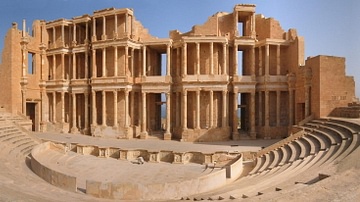
Image
Roman Theatre of Sabratha
The Roman theatre at Sabratha on the coast of North Africa. 2nd-3rd century CE.
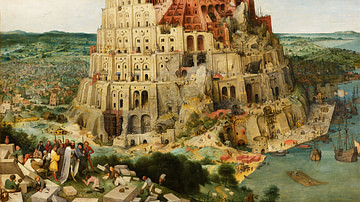
Image
The Tower of Babel
Construction of the Tower of Babel by Pieter Bruegel the Elder. The painting is on display in the Kunsthistorisches Museum, Vienna.
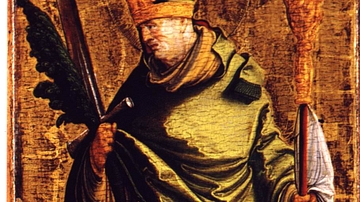
Image
St. Cyprian
Cyprian (Latin: Thaschus Cæcilius Cyprianus; c. 200 – September 14, 258 CE) was bishop of Carthage and a notable Early Christian writer, many of whose Latin works are extant.

Image
Relic of St. Cyprian
Cyprian (Latin: Thaschus Cæcilius Cyprianus; c. 200 – September 14, 258 CE) was bishop of Carthage and a notable Early Christian writer, many of whose Latin works are extant.
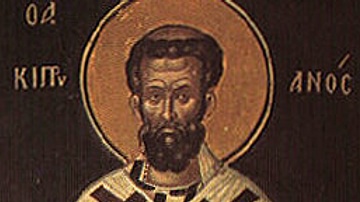
Image
Icon of St. Cyprian
Cyprian (Latin: Thaschus Cæcilius Cyprianus; c. 200 – September 14, 258 CE) was bishop of Carthage and a notable Early Christian writer, many of whose Latin works are extant.
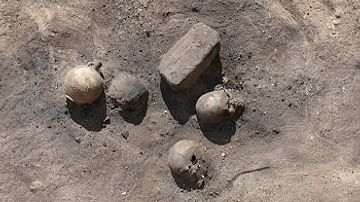
Image
Victims of Cyprian plague
Archaeologists in Thebes have discovered a burial for victims of the 3rd-century CE Cyprian Plague.
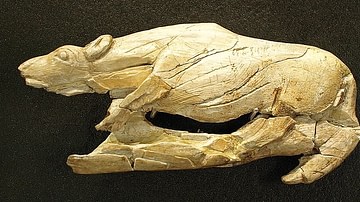
Image
Creeping Hyena Spear Thrower of La Madeleine
This 'creeping hyena' forms the highly decorated butt-end of an Upper Paleolithic spear thrower (also known as atlatl). The hook used to propel the spear is clearly visible. It was found at La Madeleine rock shelter in Tursac, Dordogne, France...
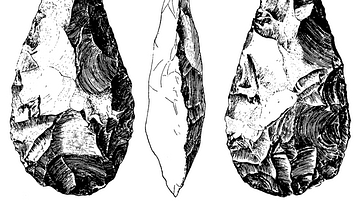
Image
Acheulean Handaxe
Drawing of a lanceolate biface or handaxe from the Acheulean stone tool culture (ca. 1,7 million years ago-ca. 250,000 years ago), found at San Isidro, Madrid, Spain.
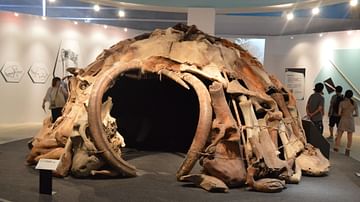
Image
Replica of a Mammoth-bone Structure
Replica of a mammoth-bone structure, shown at the "Frozon Woolly Mammoth Yuka Exhibit" in Yokoyama, Japan in Summer 2013. Upper Palaeolithic man is known to have created dwellings using mammoth bones.